


Khatri Abdul Rauf
![]() Home Address:
Home Address:
At-Dhamdka, Ta-Anjar, Dist-Kutch-370020
![]() Award:
National Award - 2009
Award:
National Award - 2009
Ajrakh in Arabic refers to a moonless sky at midnight with the stars sparkling in the darkness. Literally, it could mean keep it for today (aj - today, rakh - keep) - it is believed that the more one delays in starting the next process of printing, the more stunning the piece turned out!! It is practiced in three clusters - Dhamadka, Khavada in Kutch , Barmer in Rajasthan and Sindh, Pakistan. Here in Kutch, it has been mostly practiced by the Khatri community for over 9 generations and now the Harijan communities who were earlier workers with the Khatiris have gone on to being entrepreneurs. This printing technique uses wooden blocks for resist printing, where patterns are blocked with mud or lime. The preparation and printing techniques are lengthy, demanding and highly technical. Traditionally Ajarkh fabric was used by men as lungis and as safas (turbans). It was worn by men of the Maldhari (cattle rearing / animal husbandry) communities of the region - Jat, Node, Dhingraja, Halepotra, Mutwa, Bhambhia, Sumra and Kurar. For the women, specific motifs were printed - for older women jimardhis and dhamburas; for the younger women hairdo badshah pasand, and limai for the widows. Earlier lungis and safas were printed in two parts (traditional handlooms were of narrow widths) and these two parts were hand stitched together, with different communities using different embroidery stitches to sew together the parts. Even today the Maldharis buy it as two pieces and sew it together. Currently the product range includes yardage for garments, bed sheets, table covers, sarees and dupattas.![]() Note:
Note: